FRIEDRICH WILHELM BESSEL
Friedrich Wilhelm Bessel 1784-1846
Friedrich Wilhelm Bessel was a German astronomer and mathematician, best known for having made the first accurate measurements of the distance of a star. He is the founder of the German school of observational astronomy.
Official's son and grand son of a pastor from Rheme, Friedrich Wilhelm Bessel was born in Minden, Germany. It belongs to a large family of six girls and three boys. Two of his brothers become judges of the provincial court, but the despair of his parents, the young Friedrich dropped out of school.
Its relative success in physics and mathematics does not make his problems in Latin. He chose to become an apprentice trader, he joined Kulenkamp in Bremen on 1 January 1799.
He quickly mastered the calculation and bookkeeping. Foreign trade interests, he studied at night, geography and teaches Spanish and English.
A little later, he is the Officer on a cargo ship, he was initiated to determine the position of a boat. It does not just know how to navigate with the help of the stars and began to seriously study astronomy.
In 1804, after reading a book explaining Olbers a simple way to calculate the orbit of a comet, he presented his calculations of the orbit of Comet Halley to Olbers.
In 1806, Bessel became an assistant at the Observatory of Schröter, on the recommendation of Olbers. He observed comets and planets, especially Saturn.
In 1810, Frederick William III, King of Prussia, entrusted the construction of an observatory in Königsberg.
Bessel in 1813 will be the manager until his death. In 1812 he was named to the Academy of Sciences in Berlin. He devoted his career to astrometry.
Its main contributions are the construction of devices for precise positioning of the stars and planets. He makes the first measurement of a stellar parallax. It complements the catalog of 75,000 stars to magnitude 9. It also, for the Earth, the diameter, weight and value of the flattening at the poles. He is the light year as the unit of length.
In 1825, he became a foreign member of the Royal Society.
Around 1835 he speculates that the tails of comets could be due to a repulsive force. This assumption is echoed by Fyodor Bredikhine (1878) and refined by Michael Finston and Ronald Probstein (1968).
In 1840, it assumes that there must be a large planet beyond Uranus, a prelude to the discovery of Neptune by Urbain Le Verrier in 1846.
From 1840, his health is deteriorating and after two years of suffering, he died of cancer March 17, 1846 in Königsberg.
Image: Friedrich Wilhelm Bessel Germanic mathematician and astronomer. We owe him, the light year as the unit of length.
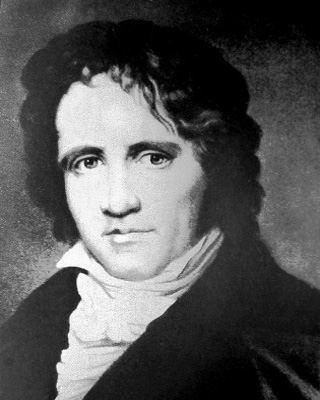
Articles on the same theme
"The data available on this site may be used provided that the source is duly acknowledged."
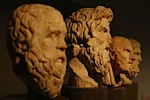 Influential Greek Thinkers
Influential Greek Thinkers
 What do we know about Pythagoras (≈570-495 av. J.-C)?
What do we know about Pythagoras (≈570-495 av. J.-C)?
 The philosophical characteristics of Aristotle (384 - 322 BC)
The philosophical characteristics of Aristotle (384 - 322 BC)
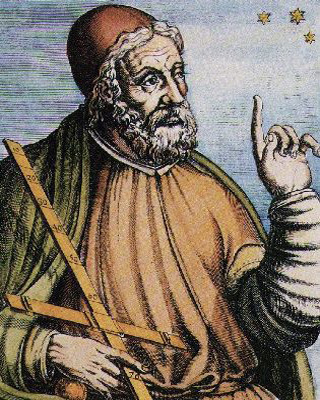 The world of Ptolemy (90-168)
The world of Ptolemy (90-168)
 The theory of Copernicus (1473-1543), heliocentrism
The theory of Copernicus (1473-1543), heliocentrism
 Galileo (1564-1642) and the moons of Jupiter
Galileo (1564-1642) and the moons of Jupiter
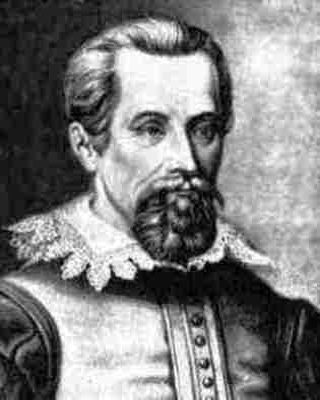 Kepler (1571-1630), planets follow ellipses
Kepler (1571-1630), planets follow ellipses
 Newton (1643-1727) and gravity
Newton (1643-1727) and gravity
 Faraday (1791-1867), the student who surpassed his master
Faraday (1791-1867), the student who surpassed his master
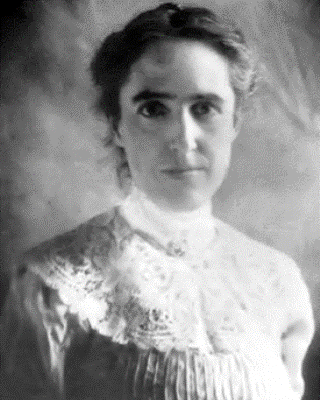 Henrietta Swan Leavitt (1868-1921), A Pioneer in Astronomy
Henrietta Swan Leavitt (1868-1921), A Pioneer in Astronomy
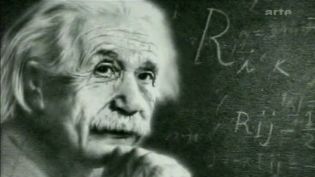 Einstein (1879-1955) and the concept of time
Einstein (1879-1955) and the concept of time
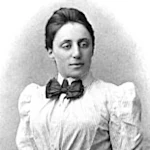 Amalie Emmy Noether (1882-1935), the Mathematician Who Revolutionized Algebra
Amalie Emmy Noether (1882-1935), the Mathematician Who Revolutionized Algebra
 Cecilia Payne (1900-1979), the Scientist Who Revealed the Composition of Stars
Cecilia Payne (1900-1979), the Scientist Who Revealed the Composition of Stars
 Margaret Burbidge (1919-2020): An Exceptional Journey in Astrophysics
Margaret Burbidge (1919-2020): An Exceptional Journey in Astrophysics
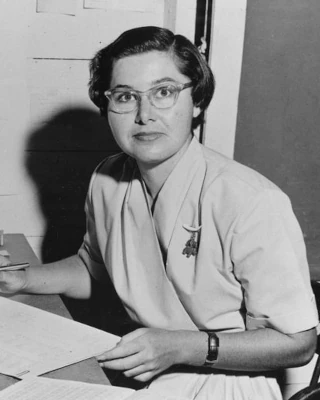 Vera Rubin (1928-2016), Revealer of the Invisible, Pioneer of Dark Matter
Vera Rubin (1928-2016), Revealer of the Invisible, Pioneer of Dark Matter
 Jocelyn Bell Burnell (1943-), the Scientist Who Discovered Pulsars
Jocelyn Bell Burnell (1943-), the Scientist Who Discovered Pulsars
 Quotes about Science
Quotes about Science
 Babylonian Astronomy and Astrology: History and Contributions
Babylonian Astronomy and Astrology: History and Contributions
 Galilean Cutoff or the Beginning of Modern Physics
Galilean Cutoff or the Beginning of Modern Physics